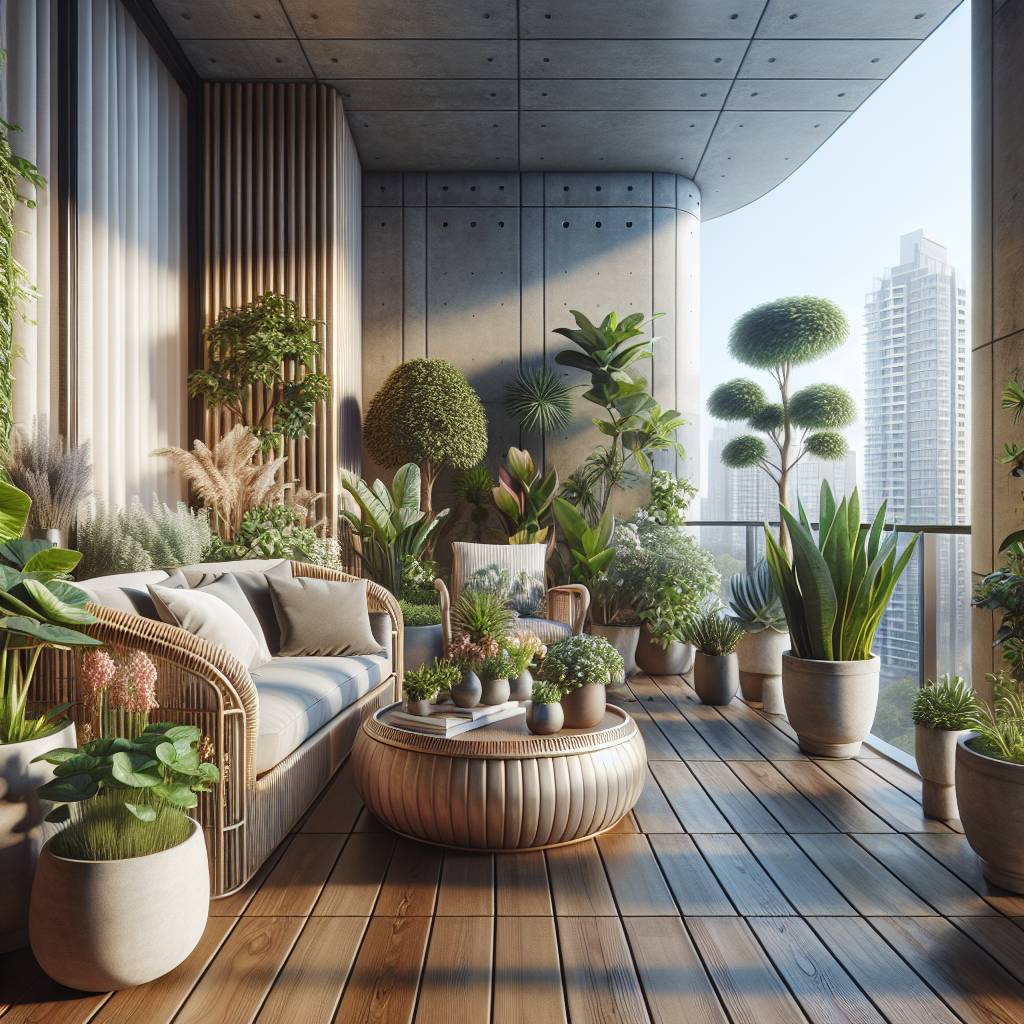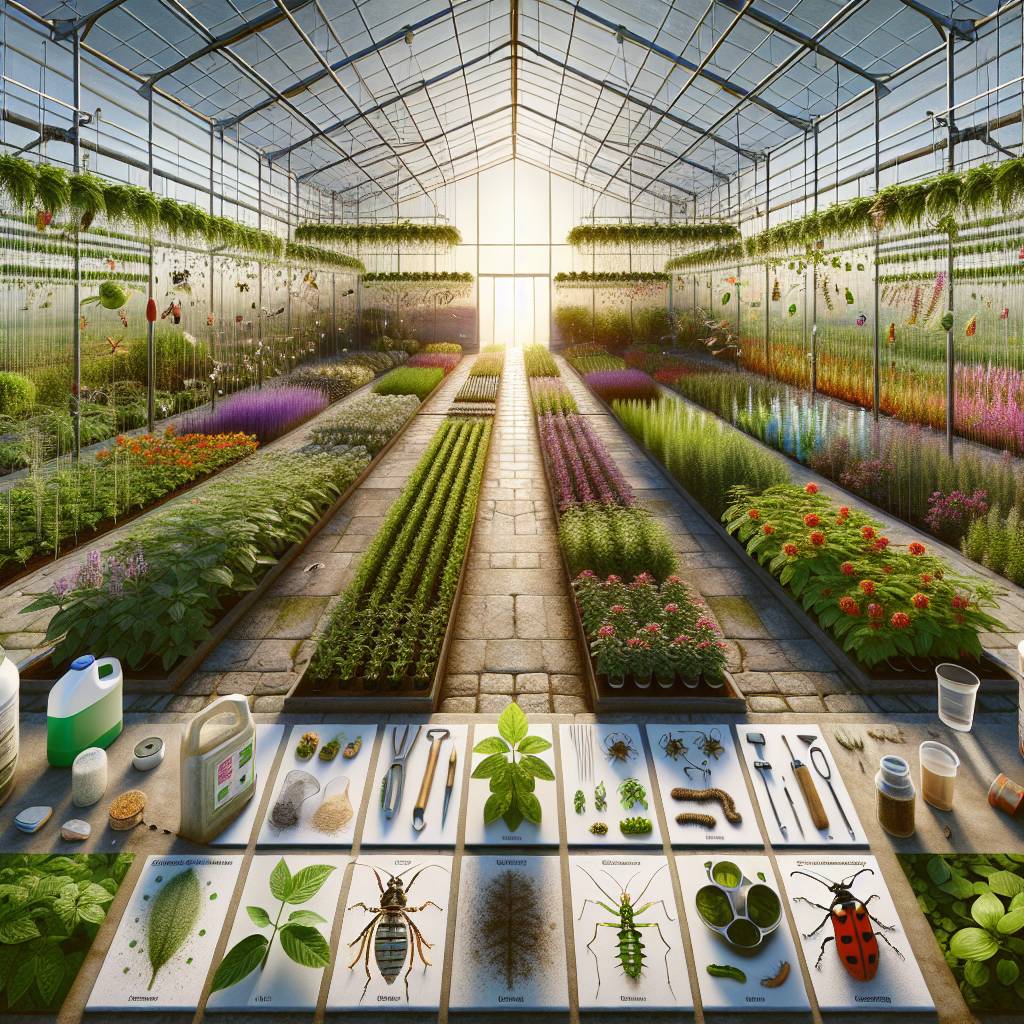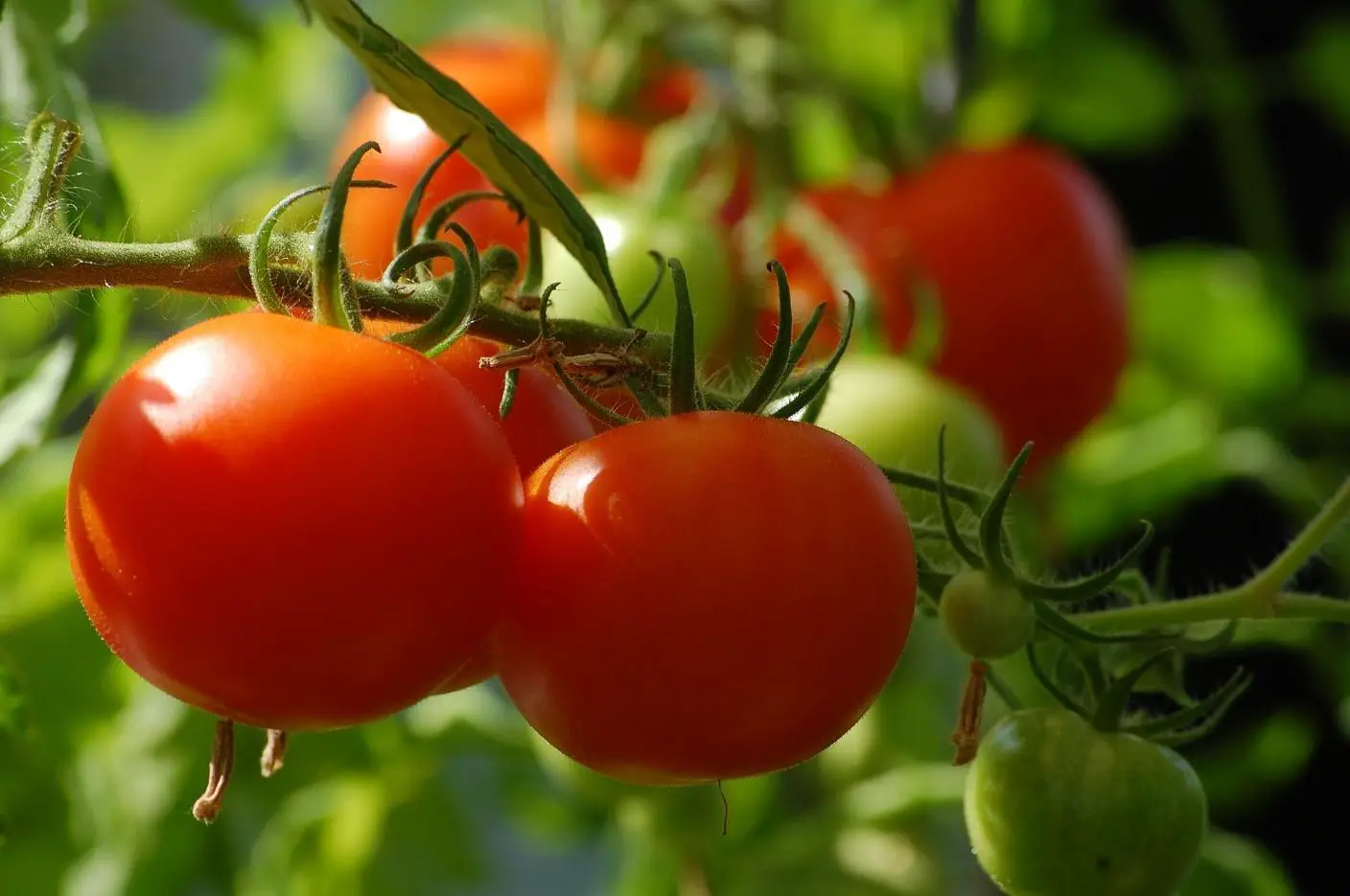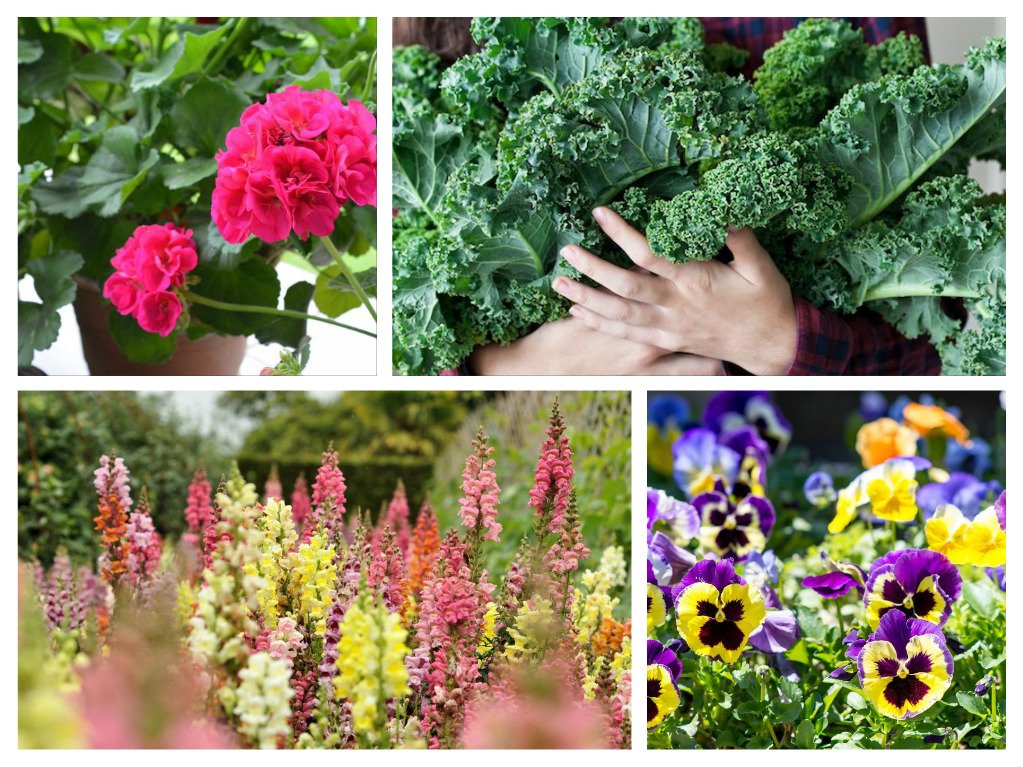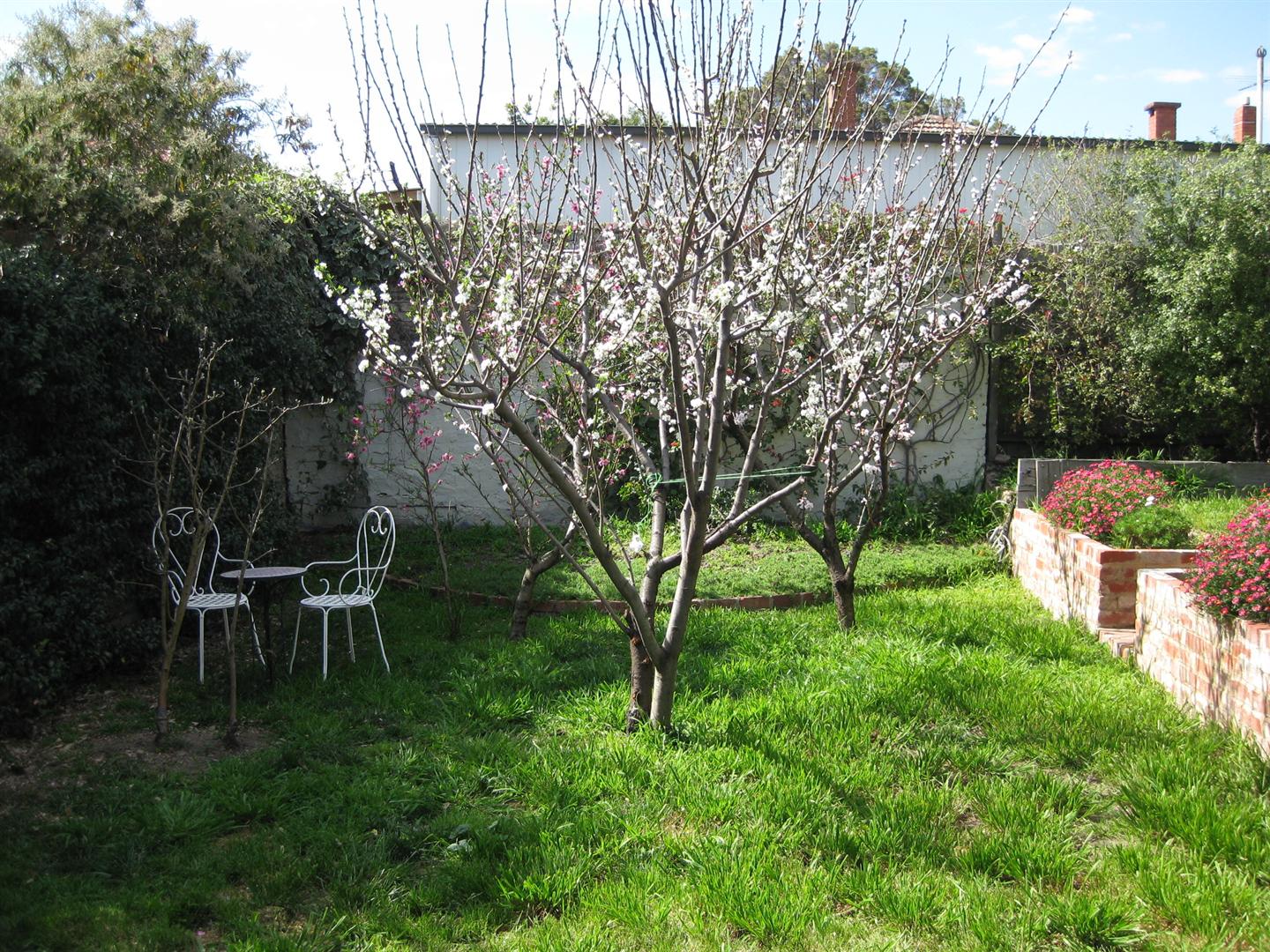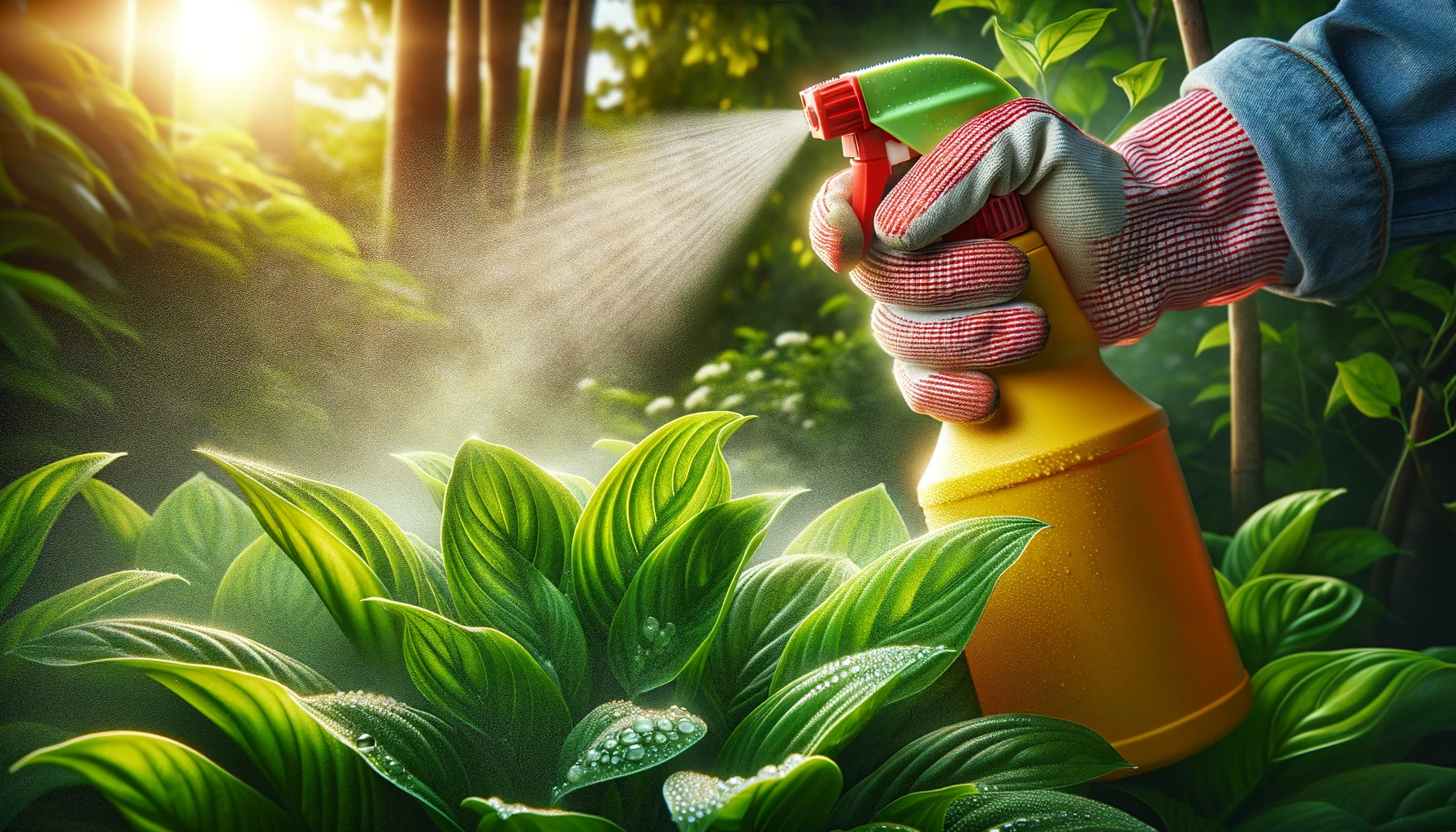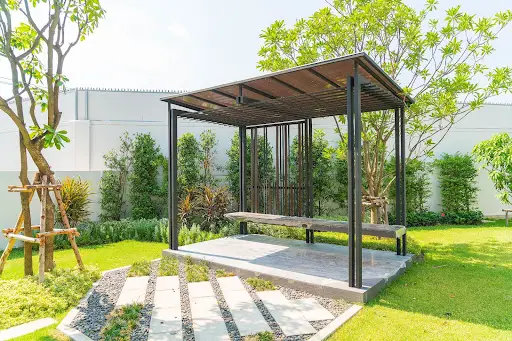Did you know that over 55% of the world’s population now resides in urban areas with tight spaces? With this rapid urbanization, green spaces are becoming increasingly limited. However, there is a growing trend towards transforming urban balconies into lush, green retreats.It’s essential to consider factors like space constraints and sunlight exposure. From low-maintenance succulents to vertical gardening solutions, we’ve got you covered with practical tips and creative ideas to bring life to your city dwelling.
Key Takeaways
- Choose plants that are suitable for the limited space and conditions of urban balconies, such as dwarf varieties, vertical growers, and container-friendly plants.
- Opt for low-maintenance plants like succulents, herbs, and hardy perennials that can thrive in the confined environment of a balcony.
- Consider the specific climate of your balcony, including sun exposure and wind patterns, when selecting plants to ensure they can adapt and flourish.
- Prioritize plants that match the sunlight levels on your balcony, such as shade-loving plants for north-facing balconies and sun-loving varieties for south-facing ones.
- Incorporate a mix of hardy perennials for year-round appeal and seasonal flowers for bursts of color to create a dynamic and visually appealing balcony garden.
- Experiment with different plant arrangements, including hanging baskets, vertical gardens, and potted groupings, to maximize space and create an inviting urban oasis.
Selecting Ideal Plants for Urban Balconies
Size and Weight Consideration
When choosing plants for urban balcony environments, it’s crucial to consider the size, weight, and flower of the plants. Balcony spaces typically have limited capacity to hold heavy items, so selecting smaller, lightweight plants is essential. For example, a jade plant or compact varieties of palm trees are good choices as they are not only visually appealing but also relatively light in weight.
It’s important to ensure that the selected plants can thrive in limited soil depth and containers commonly found on urban balconies. Look for plants with shallow root systems that can adapt well to confined spaces. Vegetables like cherry tomatoes or herbs such as basil are perfect options as they can flourish in small pots while still providing a green touch to your balcony.
Environmental Resilience
Another crucial factor when choosing plants for urban balcony environments is their resilience against wind and pollution. Urban areas often experience higher levels of air pollution and stronger winds compared to rural settings. Opting for resilient plants that can withstand these conditions is vital. For instance, certain types of palms have been known to be resistant to strong winds, making them a good choice for windy city balconies.
Selecting vegetation with natural air-purifying properties can enhance the overall air quality on your balcony while adding aesthetic value. Plants like spider plants or peace lilies are excellent examples of greenery that not only survive but also thrive in polluted urban environments.
Best Plant Choices for Balcony Environments
Compact Herb Varieties
Selecting compact varieties of herbs like basil, mint, and rosemary for the garden is a great idea. These herbs not only add a touch of greenery but also provide fresh flavors for your culinary adventures. Their small size makes them perfect for balconies with limited space. For instance, basil is an excellent choice as it thrives in containers and can be used in various dishes, from pasta to salads.
succulents such as jade plants and aloe vera are ideal choices for balconies that receive limited sunlight. These low-maintenance plants have the ability to store water in their leaves, making them resilient even in dry conditions. Jade plants are visually appealing with their thick stems and glossy leaves, making them a great addition to any garden. Aloe vera offers the added benefit of its soothing gel, which can be used to treat minor burns and skin irritations.
Flowering Plants
In addition to herbs and succulents, incorporating flowering plants like petunias, geraniums, and marigolds can add color and vibrancy to your balcony environment. Petunias come in various colors including pink, purple, red, white or yellow – adding a pop of color against the backdrop of city buildings. Geraniums and marigolds offer clusters of flowers in a garden, ranging from deep reds to soft pinks and warm hues such as orange or yellow.
The best part about these flowering options in the garden is they don’t require extensive maintenance; simply watering them regularly will keep them blooming throughout the season.
Tips for Low-Maintenance Balcony Plants
Selecting the Right Plants
When choosing plants for urban balcony environments, it’s essential to prioritize low-maintenance options. Look for plants that require minimal watering and can thrive in limited space. Cacti, succulents, and snake plants are excellent choices for a garden as they have low water requirements and can withstand extended periods without watering. These plants are well-suited to the dry conditions often found on balconies, making them an ideal option for busy individuals or those with limited time to dedicate to plant care.
Opt for slow-growing garden plants that won’t quickly outgrow their containers or require frequent pruning. Choosing slow-growing varieties reduces the need for regular maintenance tasks such as repotting or trimming, allowing you to enjoy your balcony oasis without constant upkeep. By selecting these types of plants, you can create a lush green space without the hassle of constantly tending to overgrown foliage.
Simplifying Plant Care
To further streamline plant care on your balcony, consider utilizing self-watering containers or installing a drip irrigation system. Self-watering containers feature built-in reservoirs that supply moisture to the soil as needed, reducing the frequency of manual watering while ensuring consistent hydration for your plants in your garden. This is particularly beneficial when cultivating low-maintenance species like cacti and succulents since they prefer infrequent watering.
Similarly, implementing a drip irrigation system can simplify plant care by automating the watering process. These garden systems deliver water directly to the base of each plant at scheduled intervals, minimizing water waste while providing adequate hydration. By incorporating these efficient watering solutions into your balcony garden setup, you can maintain healthy and thriving greenery with minimal effort.
Adapting to Different Balcony Climates
Researching Climate Conditions
When choosing plants for urban balcony environments, it’s crucial to research the specific climate conditions of your area. Understanding the typical weather patterns, such as high humidity, extreme cold, scorching heat, and garden, will help you select plants that can thrive in your balcony environment. For instance, if you live in a region with high humidity, consider opting for plants like ferns or peace lilies that flourish in moisture-laden air. On the other hand, if your location experiences intense heat during certain seasons, look for plant varieties like succulents and cacti that are well-suited to arid climates.
To protect your balcony plants from excessive sun exposure in hot climates, consider using shade cloth or umbrellas. These simple yet effective solutions can shield delicate foliage from the harsh rays of the sun while still allowing sufficient light to nurture their growth. Moreover, installing windbreakers or creating microclimates in your garden can help shield plants from strong winds prevalent in some regions. By strategically placing tall potted shrubs or erecting trellises around your planters, you can mitigate the damaging effects of relentless gusts and maintain an optimal growing environment for your chosen greenery.
In addition to these measures aimed at adapting to different balcony climates, garden.
Choosing Suitable Plant Varieties
When facing high humidity levels on an urban balcony setting, selecting plant species known for thriving in such conditions is essential. Plants like spider plants and Boston ferns in the garden are excellent choices due to their ability to withstand moist environments without succumbing to mold or mildew issues. Conversely, when dealing with extreme heat on a city balcony exposed directly under sunlight during peak hours of the day…
- Opt for resilient succulents such as aloe vera and echeveria.
- Consider heat-tolerant herbs like rosemary and thyme.
- Explore flowering options like portulaca and blanket flowers known for their endurance against scorching temperatures.
By carefully curating a selection of plant varieties tailored specifically to combat adverse climate conditions prevalent on urban balconies, garden…
Optimal Plants Based on Sun Exposure
Full Sun Balconies
For balconies with direct sunlight or full sun exposure, it’s best to choose plants that thrive in these light conditions. Examples of such plants include tomatoes, peppers, and sunflowers. These plants are well-suited for areas where they can receive direct sunlight for most of the day.
When selecting sun-loving plants for your balcony, consider the amount of exposure they will get throughout the day. It’s crucial to ensure that these plants receive adequate sunlight to grow and produce fruits or flowers. You may want to consider using garden containers or pots that allow for proper drainage and airflow.
Partially Shaded Balconies
If your balcony receives partial shade, there are specific plant varieties that will flourish in this environment. Ferns, begonias, and impatiens are excellent choices for balconies with limited direct sunlight. These plant species can thrive in garden areas where they receive some direct light but are shielded from intense afternoon sun.
Plants suited for partially shaded environments in the garden often have adaptations that allow them to make the most of available light while also tolerating periods of shade during the day. When arranging these plants on your balcony, be mindful of their positioning to maximize their access to indirect sunlight while protecting them from harsh midday rays.
Shade-Tolerant Balcony Plants
For balconies with limited natural light or those situated in full shade, opt for shade-tolerant plant species such as hostas, caladiums, and peace lilies. These plants have adapted to thrive in low-light conditions typically found in shaded urban garden settings.
Choosing the right containers is essential when cultivating shade-tolerant plants in a balcony garden since they may require different soil types and moisture levels compared to sun-loving varieties. Consider incorporating suitable lighting solutions if natural light is scarce by utilizing LED grow lights designed specifically for indoor gardening.
Hardy Perennials and Seasonal Flowers for Your Balcony
Long-Lasting Beauty
Hardy perennials are an excellent choice. These garden plants, such as lavender, coneflowers, and sedums, offer enduring beauty and require minimal maintenance. They can thrive in the limited space of a balcony while providing year-round greenery.
For example, lavender is a hardy perennial that not only adds visual appeal but also fills the air with a delightful fragrance. Its ability to withstand varying weather conditions makes it an ideal choice for balconies and gardens. Similarly, coneflowers and sedums are known for their resilience and can add vibrant colors to your outdoor space without demanding constant attention.
Changing Displays Throughout the Year
In addition to hardy perennials, incorporating seasonal flowers into your balcony garden can bring variety and charm. Plants like pansies, snapdragons, and daisies bloom during different seasons, offering ever-changing displays throughout the year. This diversity ensures that your balcony garden remains visually appealing regardless of the time of year.
Imagine having a cheerful garden with pansies in spring transitioning into snapdragons in summer and welcoming daisies in fall. The evolving palette of colors will keep your balcony garden fresh and captivating throughout each season.
Dynamic Balcony Gardens
Mixing both annuals and perennials on your balcony allows you to create a dynamic garden that evolves over time. While hardy perennials and seasonal annuals provide consistent beauty year after year, creating an ever-changing garden landscape right outside your door.
Styling Your Balcony with Plant Arrangements
Creating Visual Interest
Creating visual interest is key. Combine balcony plants of different heights, textures, and colors to add depth and appeal to your outdoor space. For instance, mix tall, leafy plants like palms or dracaenas with shorter flowering plants such as petunias or pansies in the garden. This creates a dynamic arrangement that captures attention.
Moreover, utilizing hanging baskets or vertical planters can help maximize the limited space on your apartment balcony while adding dimension to the area. These options not only save garden space but also create an eye-catching display at different levels. For example, you can hang cascading ivy from a higher point while placing shorter potted flowers on a lower level.
Incorporating Trailing Plants
Incorporating trailing plants like ivy or sweet potato vine in your balcony garden can bring about a beautiful cascading effect that adds elegance and charm to your outdoor oasis. Trailing plants are perfect for softening the edges of balconies and railing boxes while creating a lush green backdrop against which other colorful blooms can pop in the garden.
Essential Considerations for Starting a Balcony Garden
Proper Drainage
When choosing plants for urban balcony environments, it’s crucial to ensure proper drainage. This can be achieved by using containers with drainage holes or adding a layer of gravel at the bottom. Without adequate drainage, excess water can accumulate and lead to root rot, ultimately harming your plants. For instance, succulents and cacti thrive in well-draining soil, making them excellent choices for balconies.
It’s important to check the weight restrictions of your balcony when selecting containers for your plants. Lightweight containers are ideal as they reduce the overall load on your balcony structure while still providing ample space for plant growth. Consider utilizing lightweight materials such as plastic or fiberglass pots instead of heavy ceramic ones for your garden.
Accessibility of Water Sources
Another essential consideration when choosing plants for urban balcony environments is the accessibility of water sources. Make sure that watering your plants won’t be a cumbersome task by either having a nearby outdoor faucet or setting up an efficient watering system like drip irrigation or self-watering planters. For example, herbs like basil and mint in a garden require consistent moisture levels in their soil, so easy access to water is vital for their healthy growth.
Opting for high-quality garden potting mix is imperative as it provides essential nutrients and promotes proper drainage. Look for potting mixes specifically formulated for container gardening as they are designed to retain moisture while allowing excess water to drain effectively.
Mastering Urban Balcony Gardening Techniques
Proper Fertilization
Providing the right nutrients is crucial for your plants’ health. Balcony gardens often have limited access to natural soil, so using high-quality potting mix enriched with organic matter can ensure your plants receive essential nutrients. Consider using a slow-release fertilizer or liquid fertilizer in the garden to support continuous growth. Remember to follow the instructions on the fertilizer package and avoid over-fertilizing, which can harm your plants.
Ensuring that your plants in the garden are well-fed will promote healthy growth and vibrant blooms in an urban environment where they may not have access to as many nutrients as those planted directly in the ground.
Regular Pruning
Pruning is an important practice for maintaining plant shape and encouraging healthy development in an urban balcony garden. By removing dead or overgrown parts of the plant, you can stimulate new growth and maintain a tidy appearance. It also allows better air circulation around the garden plant, reducing the risk of diseases caused by damp conditions.
For instance, if you’re growing potted herbs like basil or mint in your garden, regular pruning will help prevent them from becoming leggy and encourage bushier growth with more leaves for harvest.
Pest Control Measures
Implementing effective pest control measures is essential when cultivating a thriving balcony garden in an urban setting. Utilizing natural repellents such as neem oil or garlic spray in the garden can deter common pests like aphids and spider mites without introducing harmful chemicals into your living space.
Companion planting in the garden is another beneficial method for pest control; certain plants naturally repel pests while attracting beneficial insects that prey on harmful ones. For example, planting marigolds alongside vegetables like tomatoes can discourage nematodes while attracting ladybugs that feed on aphids.
Closing Thoughts
You’ve now got the lowdown on selecting the best plants for your urban balcony garden. From understanding your balcony’s climate to choosing low-maintenance yet stylish plant arrangements, you’re all set to create your green oasis in the city garden. So, grab your gardening gloves and get ready to bring some life to your urban space!
Now that you’re armed with the knowledge of gardening, it’s time to put it into action. Start scouting for the perfect plants that suit your balcony environment and get creative with their arrangements. Remember, a little greenery goes a long way in transforming your balcony into a cozy retreat amidst the urban hustle and bustle. Happy gardening!
Frequently Asked Questions
What are the best plant choices for urban balconies?
When selecting plants for your urban balcony, consider low-maintenance options like succulents, herbs, and compact flowering plants. These garden thrive in limited space and can withstand the challenges of city environments.
How can I style my balcony with plant arrangements?
You can create a visually appealing balcony garden by using a variety of containers to showcase different plant heights and textures. Consider vertical gardening with wall-mounted planters or trellises to maximize space while adding aesthetic appeal.
What are essential considerations for starting a balcony garden?
Before starting your balcony garden, assess factors such as sunlight exposure, wind conditions, and available space. Choose plants that suit your specific garden environment and ensure you have proper drainage systems in place for healthy growth.
What techniques are helpful for mastering urban balcony gardening?
To master urban balcony gardening, focus on optimizing space with vertical planting solutions, utilizing self-watering containers to maintain moisture levels efficiently, and regularly monitoring the health of your plants to address any issues promptly.
How do I adapt my plant selection to different balcony climates?
Adapting to diverse climate conditions in a garden involves choosing plants that can tolerate temperature variations and wind exposure. Select hardy perennials or seasonal flowers suited to your local climate while considering sun/shade requirements specific to your location.
